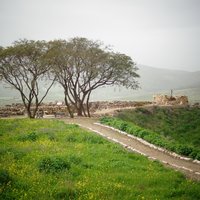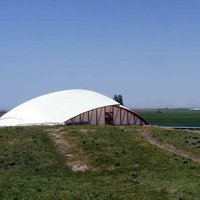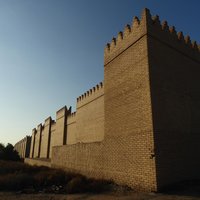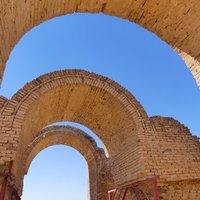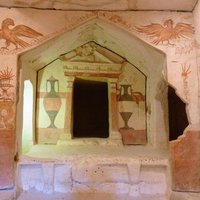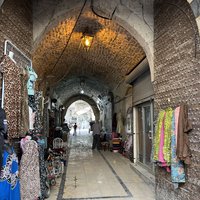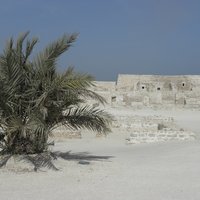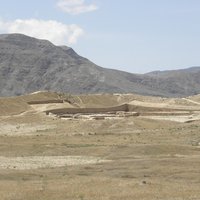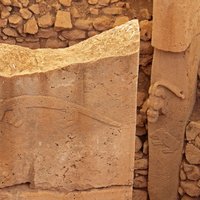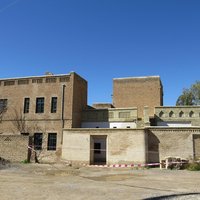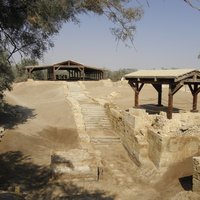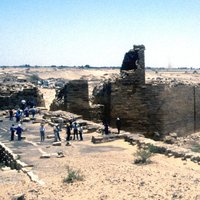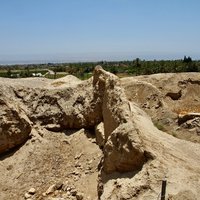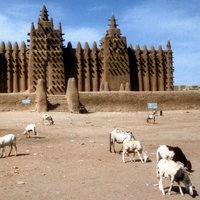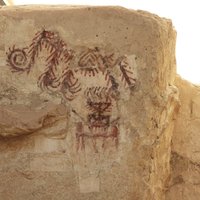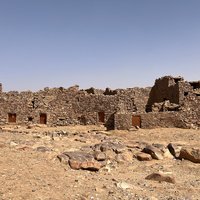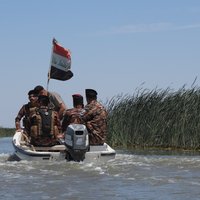Connected Sites
-
-
Part of the name
-
"The archaeological site of Troy consists of the hill of Hisarlik and the fields below it to the south. The hill is a tell, composed of strata containing the remains left behind by more than three millennia of human occupation" (wiki)
-
two large tells (AB ev)
-
The remains of the city are in present-day Hillah, Babil Governorate, Iraq, about 85 kilometres (53 mi) south of Baghdad, comprising a large tell of broken mud-brick buildings and debris. wiki)
-
"an exceptional testimony to succeeding civilizations from the Sumerian period in the 3rd millennium BC to the Assyrian empire from the 14th to 9th centuries, and, later, the Parthian revival in the 2nd century BC" (OUV), has mounds with layers from different civilizations (see link)
See www.assur.de
-
Tel Maresha
-
Mound of Al-Aquabah (which probably constitues the Tel of ancient Aleb)
-
-
-
-
Tell Hagmatana (Tappa-ye Hagmatana)
-
"consists of a natural limestone plateau on which stands an artificial hill (tell)" (AB ev)
-
-
Tell Al-Kharrar (Elijah’s Hill)
-
"Ma’rib now survives as a tell overlooking what was the Northern Oasis and separated from what was the Southern Oasis by the Wadi Dhana." (AB ev)
-
Tell es-Sultan
-
From AB evaluation "The floods cover all but some hillocks; these are called toguere.....All these tells, which were a natural refuge from the flood waters, are potential archaeological sites and on that basis deserve to be protected." This refers to the Toguere of Djenne-Djeno and "Other toguere, such as at Hambarketolo, Tonomba and Kaniana..."
-
Arslantepe Mound is a 30-metre-tall archaeological tell located in the Malatya plain, 12 km south-west of the Euphrates River. (official description, Unesco website)
-
Tichitt lies on a tell (AB ev)
-
Tell Eridu Archaeological Site, and "The archaeological site of Uruk is composed of three ‘tells’ and there is evidence of multiple cities built on top of one another" (AB ev)

